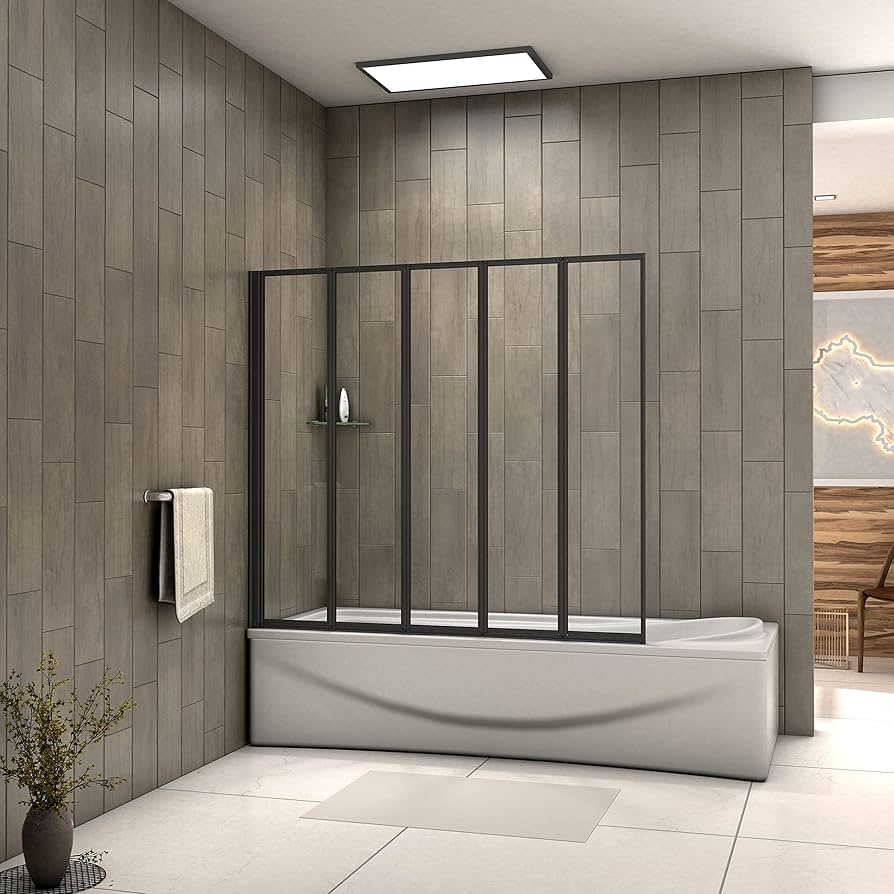Rotational molding, often known as rotomolding, is a adaptable manufacturing method employed to make hollow plastic-type merchandise. From large water tanks to intricate games, rotomolding locates applications across a variety of market sectors due to the flexibility and price-usefulness. Here’s all you have to find out about this impressive manufacturing strategy:
Method Review:
Rotational Molding consists of four principal levels: reloading, warming, air conditioning, and unloading. Initial, a analyzed level of powdered polymer, typically polyethylene, is filled in a hollow mold. The fungus will then be heated and rotated simultaneously in several axes in an cooker. As being the fungus rotates, the polymer melts and coats the interior area consistently, generating the preferred form. Once the polymer is uniformly spread, the fungus is cooled, solidifying the plastic. Eventually, the cooled item is taken from the fungus, trimmed, and concluded as necessary.
Benefits:
Design Versatility: Rotomolding permits the roll-out of sophisticated styles and complex designs without resorting to pricey tooling. This flexibility is extremely beneficial for prototypes and reduced-volume creation goes.
Uniform Wall structure Size: As opposed to other molding methods, rotomolding generates pieces with consistent walls thickness, enhancing structural integrity and durability.
Price-Effectiveness: Since rotomolding molds are normally made out of low-cost resources like aluminum or perhaps cheaper resources like epoxy or fiberglass, tooling prices are significantly decrease when compared with other molding operations.
Fabric Variety: Rotomolding can handle an array of materials, such as a variety of grades of polyethylene, PVC, nylon material, and a lot more, giving companies choices to fit certain software requirements.
Enviromentally friendly Sustainability: Rotomolding produces little squander considering that extra fabric can be reused. Additionally, the process utilizes a lot less power in comparison to other molding strategies, which makes it environmentally friendly.
Programs:
Rotational molding realizes software across diverse market sectors, which include:
Automotive: Fuel tanks, oxygen channels, and indoor components.
Customer Items: Toys, playground devices, and furnishings.
Commercial: Storage space tanks, bins, and boxes.
Health care: Devices casings and storage containers.
Aerospace: Satellite elements and UAV housings.
Conclusion:
Rotational molding gives producers an expense-powerful and versatile method for creating hollow plastic-type merchandise. Its capability to create complex shapes, uniform walls size, and diversified substance possibilities help it become an attractive selection across a variety of sectors, driving innovation and effectiveness in production functions.

